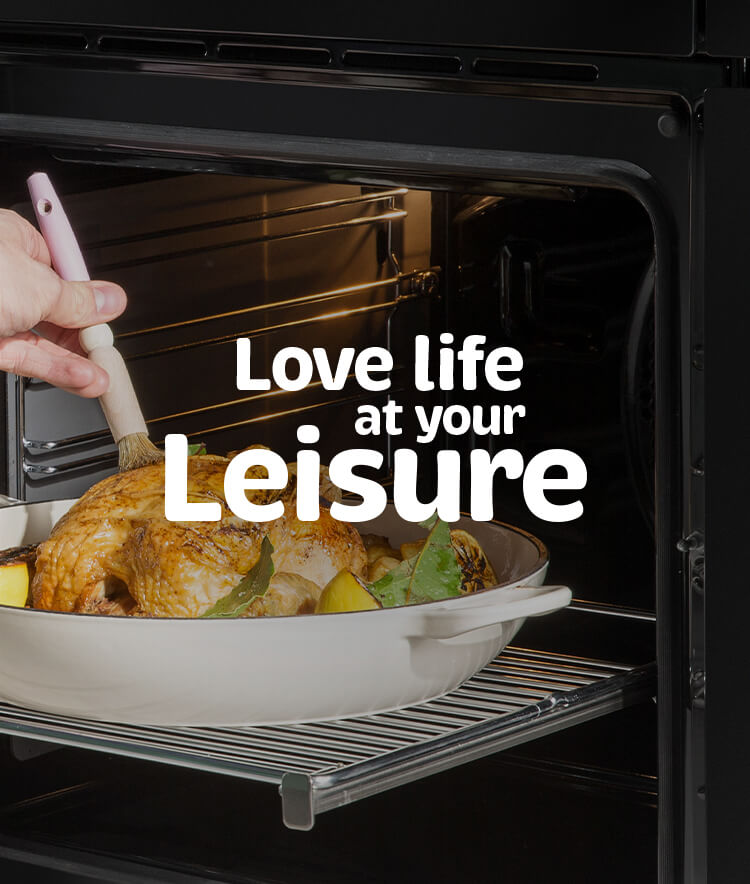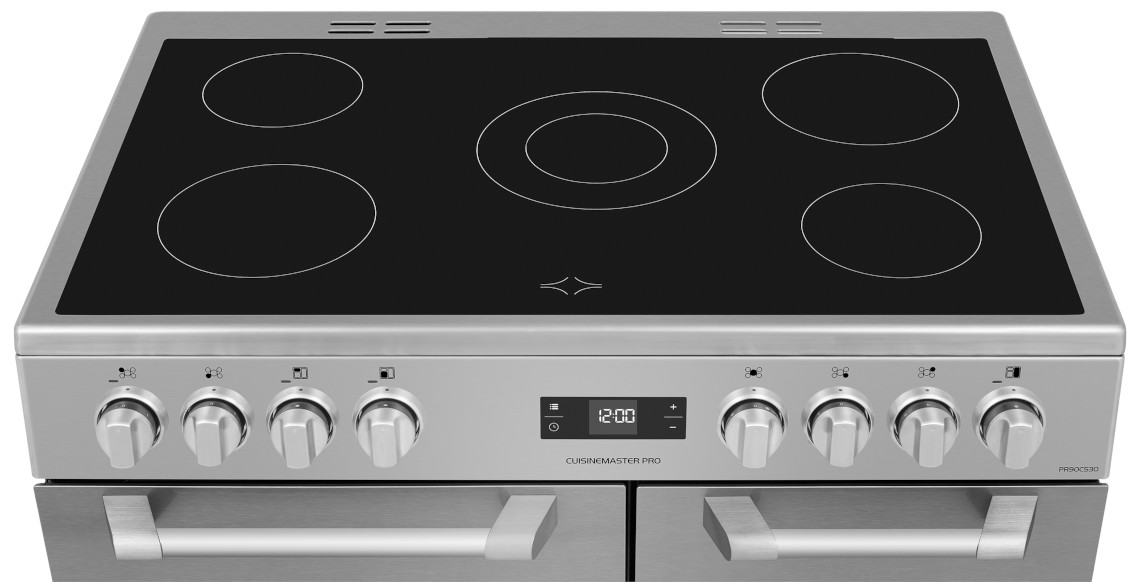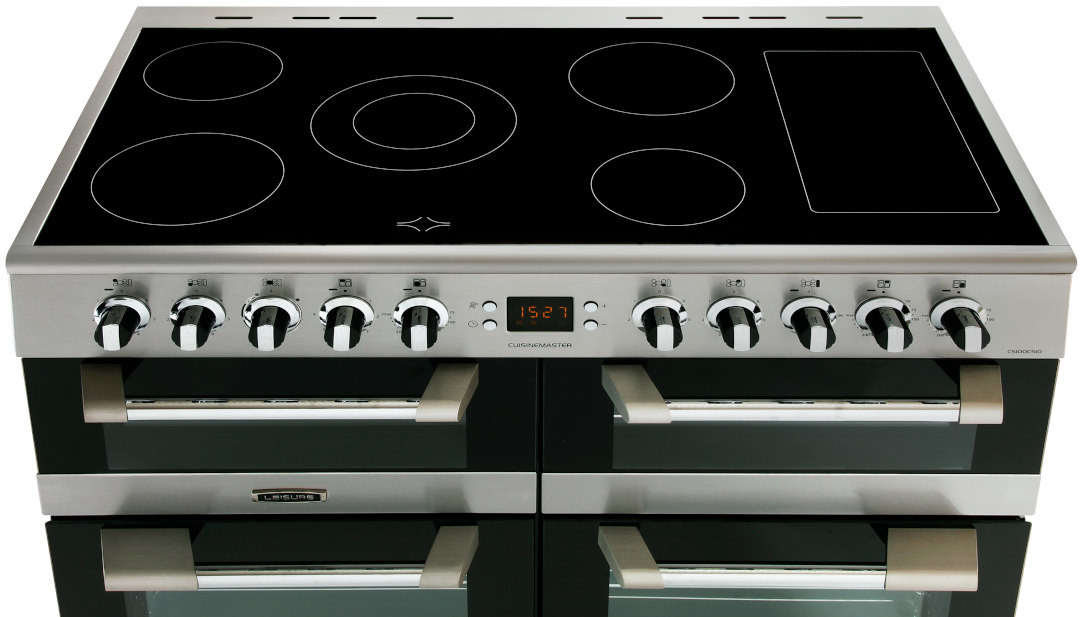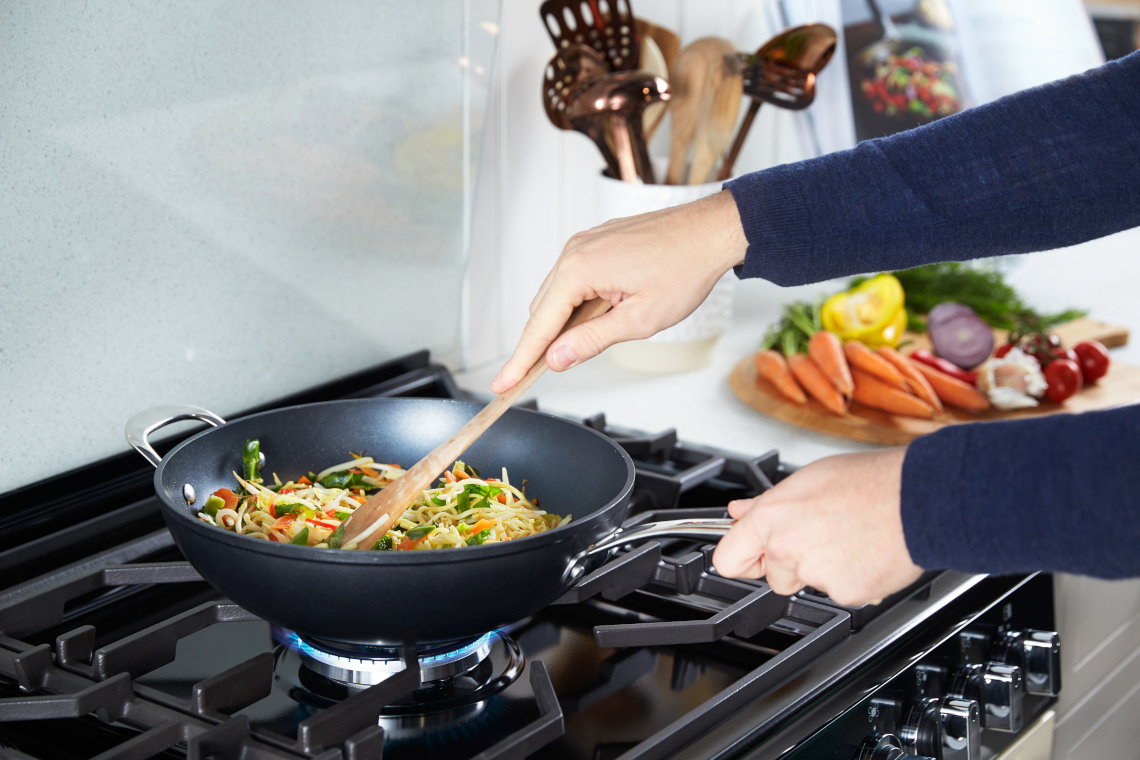Induction Hobs – The Pros
Induction hobs work by using coils beneath the surface to only heat the surface of the pan instead of the hob itself. This means they are safer because there is no flame, the surface stays cool to the touch and the burners automatically turn off when the pan is removed. By only heating the surface area of your pan is heated on an induction hob, the rest of the cooking zone remains cool, helping protect you and your family from burns. They’re also more energy-efficient (and therefore cheaper), easier to clean because spills don’t get cooked onto the surface, and heat cookware faster so overall cooking time is cut.
Induction Hobs – The Cons
There are a couple of drawbacks, though. Induction hobs only work on pans with bases that contain iron, which makes them magnetic. To test if your pans will work, simply hold a magnet to the bottom of the pan – if it sticks, you’re good to go! If your current pans don’t contain iron, buying an induction hob will also incur the extra cost of buying new pans.
Induction hobs also use magnets, which means they aren’t suitable for people with pacemakers, so if you have a pacemaker you will need to consider an electric or gas hob range cooker instead.
Non-induction Electric Hobs
Electric hobs are a flat ceramic cooking surface with heated elements fitted on the underside. They generally have four or six cooking zones, which glow red when they’re hot so you know when the surface is safe to touch.
Electric hobs have the benefit of being easy to clean thanks to the flat surface and could be considered more child-safe than a gas hob as they don’t use a flame. There is also a range of price points available so they can be as budget-friendly as you need them to be.
The main drawback of electric hobs is that it is much more difficult to control the temperature, as the element takes time to adjust when you change the temperature using the controls. Electric hobs also take a long time to cool down, which can pose a safety risk.






